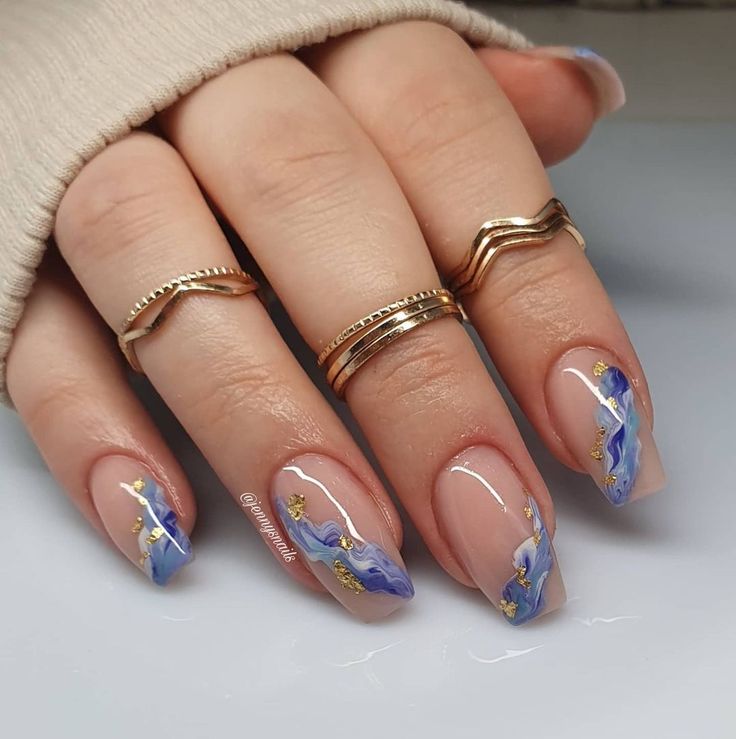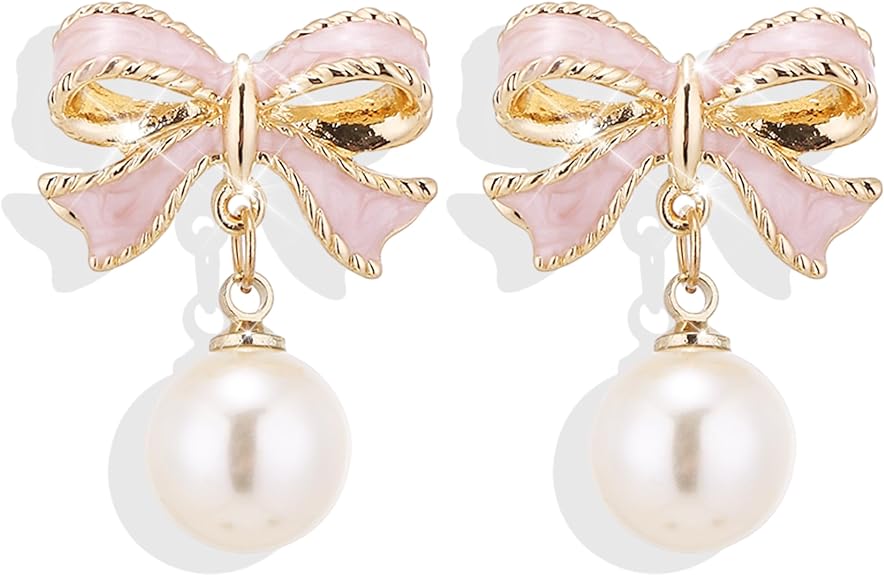One of the things I actually appreciated about school was the structure it offered. The exciting part is that now, instead of being stuck with math or biology, you get to design the subjects yourself. That is exactly what the idea of a personal curriculum is about. The concept was popularized on TikTok by Elizabeth Jean (@xparmesanprincessx), and it’s a fun yet intentional way to bring structure into your personal development journey. It is especially useful if you are someone with multiple interests who often starts things but struggles to follow through. And the best part about creating a personal curriculum is that its a really amazing way of investing in yourself
Creating your own curriculum helps you move from vague intentions like “I want to learn more about history” into concrete subjects, resources, and even projects that make your learning stick. Here is how you can get started.
Step 1: Do a Brain Dump
Grab a notebook or open a fresh document and list everything you are curious about. Don’t edit yourself here. Write down all the things you’ve ever thought, I’d love to learn that someday. This could range from languages, hobbies, or academic interests to really niche fascinations.
For example, in my own brain dump I wrote down planets, metaphysics, the pyramids of Giza, ancient Egypt, and creative writing, especially building characters and plots.
Step 2: Refine Your Ideas into Subjects
Now it’s time to shape your list into subjects. TikTok creator @queenragmar explains this step as choosing a specific interest or question to learn around. Think of it like designing your own school course.
Let’s say one of your interests is crocheting. Your subject might be “Crocheting Basics.” Then you set a goal for yourself, like “Make a pouch by the end of the month.” If your interest is creative writing, your subject could be “Character Development” with a goal of “Write three character backstories.”
Here’s how I might refine my brain dump:
- Planets → Subject: Planetary Science | Goal: Be able to explain how planets form.
- Metaphysics → Subject: Introduction to Metaphysical Thought | Goal: Summarize key philosophies in a journal.
- Pyramids of Giza → Subject: Ancient Egyptian Architecture | Goal: Create a short presentation or blog post explaining how they were built.
- Creative Writing → Subject: Character and Plot Design | Goal: Draft an outline for a new story with three developed characters.
Step 3: Gather Your Materials and Resources
Just like in school, you need textbooks, lectures, or media to learn from. This is where you build your reading list, playlists, or watch list. Depending on the subject, this might include:
- Books from your library or Kindle
- Podcasts or YouTube channels
- Online courses or masterclasses
- Documentaries and films
- Interviews or articles
For example, for my “Planetary Science” subject, I might add Cosmos by Carl Sagan to my reading list and queue up NASA’s official YouTube videos. For “Character Development,” I could pick a writing craft book like Creating Characters by Writer’s Digest and watch author interviews for inspiration.
Step 4: Create Self-Assessments
Learning sticks when you put it into practice. Instead of exams, your personal curriculum can use projects, journaling, or reflections as assessments. The goal is to take what you’ve absorbed and apply it in a tangible way.
Examples:
- If your subject is crocheting, your project is to make the pouch.
- If your subject is ancient Egypt, your project could be writing a blog post or recording a short video explaining the pyramid’s construction methods.
- If your subject is creative writing, your assessment could be drafting a short story and sharing it with a friend.
Conclusion
A personal curriculum makes learning feel purposeful without killing the joy of curiosity. Instead of wishing you had time to learn all the things you’re interested in, you now have a system to follow through. Start with your brain dump, turn your ideas into subjects with clear goals, gather resources, and then test yourself through projects or reflections. Learning is no longer just something you do passively online. It becomes a structured and creative part of your everyday life.


